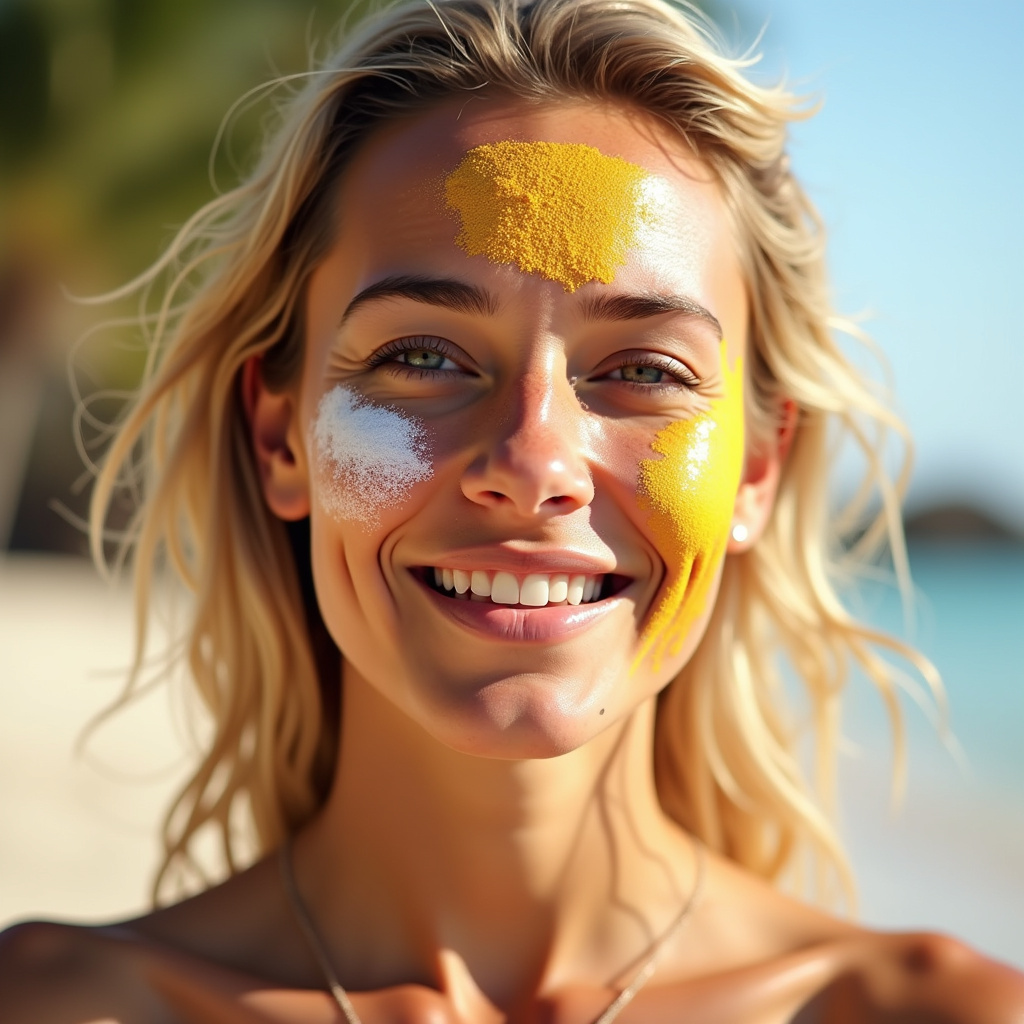Introduction
As the sun shines brightly, many of us grab our sunscreen before heading outdoors. But have you ever wondered what exactly sunscreen does and how it protects your skin? In this article, we will break down the science behind sunscreen, its importance, and how to choose the right one for your skin type.
Understanding UV Radiation
To appreciate the role of sunscreen, we first need to understand ultraviolet (UV) radiation. The sun emits three types of UV rays: UVA, UVB, and UVC.
- UVA rays: These rays penetrate the skin more deeply and are primarily responsible for premature aging and skin damage.
- UVB rays: UVB rays are responsible for causing sunburn and play a significant role in the development of skin cancer.
- UVC rays: Fortunately, UVC rays are mostly absorbed by the Earth’s atmosphere and do not reach our skin.
Both UVA and UVB rays can cause damage to your skin cells, leading to various skin issues, including sunburn, dark spots, and an increased risk of skin cancer.
How Sunscreen Works
Sunscreen acts as a protective barrier between your skin and the harmful effects of UV radiation. There are two main types of sunscreen: physical (or mineral) and chemical.
Physical (Mineral) Sunscreens
Physical sunscreens contain active mineral ingredients like zinc oxide or titanium dioxide. These ingredients sit on top of the skin and reflect UV rays away from the body. They are often recommended for sensitive skin because they are less likely to cause irritation.
Chemical Sunscreens
Chemical sunscreens contain organic compounds that absorb UV radiation. Ingredients like avobenzone, octisalate, and octocrylene are common in these formulas. Once applied, these compounds absorb UV rays and convert them into heat, releasing them from the skin. While effective, some people may experience irritation or allergic reactions to chemical sunscreens.
Importance of SPF
The Sun Protection Factor (SPF) rating on sunscreen indicates its effectiveness against UVB rays. For example, an SPF of 30 means it would take 30 times longer for your skin to burn compared to wearing no sunscreen at all. Here are some key points about SPF:
- SPF 15: Blocks about 93% of UVB rays.
- SPF 30: Blocks about 97% of UVB rays.
- SPF 50: Blocks about 98% of UVB rays.
It’s important to note that higher SPF ratings do not mean you can stay in the sun longer without reapplying. Sunscreen should be reapplied every two hours, or more often if swimming or sweating.
Choosing the Right Sunscreen
With so many options available, choosing the right sunscreen can be overwhelming. Here are some tips to help you make an informed choice:
- Broad-spectrum protection: Look for a sunscreen labeled “broad-spectrum,” which means it protects against both UVA and UVB rays.
- SPF 30 or higher: Choose a sunscreen with at least SPF 30 for optimal protection.
- Water resistance: If you plan to swim or sweat, opt for a water-resistant formula.
- Skin type consideration: If you have sensitive skin, consider a physical sunscreen with zinc oxide or titanium dioxide.
Additional Sun Safety Tips
While sunscreen is a crucial part of sun protection, it’s not the only measure you should take. Here are some additional tips:
- Seek shade: Whenever possible, stay in the shade, especially during peak sun hours (10 AM to 4 PM).
- Wear protective clothing: Long sleeves, wide-brimmed hats, and UV-blocking sunglasses can provide extra protection.
- Limit sun exposure: Try to limit direct sunlight exposure, especially for extended periods.
Conclusion
Understanding the science behind sunscreen is essential for protecting your skin from harmful UV damage. By choosing the right sunscreen and practicing sun safety, you can enjoy the outdoors while keeping your skin healthy. Remember, taking these simple steps can significantly reduce your risk of skin cancer and premature aging. So, next time you head out, don’t forget to apply your sunscreen!




